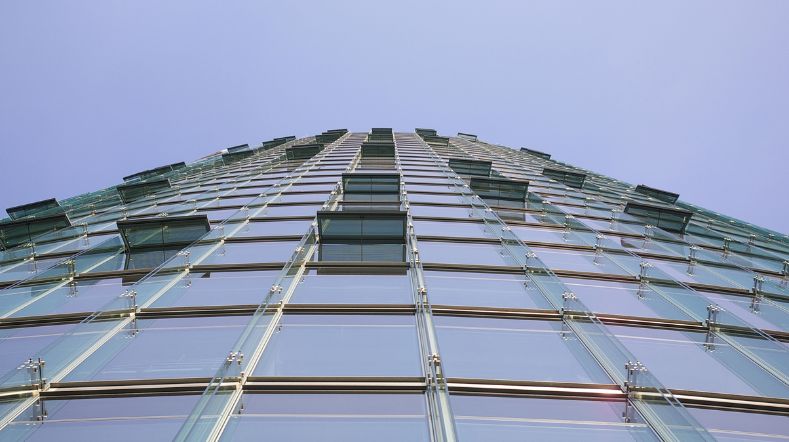
Mobility & Built Environment: A liveable future for all
The Netherlands is a pleasant place to live and work, with high standards for transport, infrastructure, and housing. However, a combination of housing, climate, and accessibility challenges is putting increasing pressure on the liveability of our society. We strive to achieve the optimum balance between efficiency, sustainability, and safety. Therefore, in the Mobility & Built Environment (MBE) unit, we work on solutions for more efficient transport, sustainable living, and future-proof infrastructure, among other things.
Independent and reliable partner
A liveable future for all. This is what we’re aiming for at MBE. No mean feat, given the complexity of today’s societal challenges. But as an independent, reliable partner for applied scientific research, we’re uniquely qualified to find answers that bring this future closer. Comprehensive, evidence-based answers that enable policymakers, companies, and organisations to make optimum, informed decisions.
Three Zeros vision
A liveable future for all begins with our ‘Three Zeros’ vision:
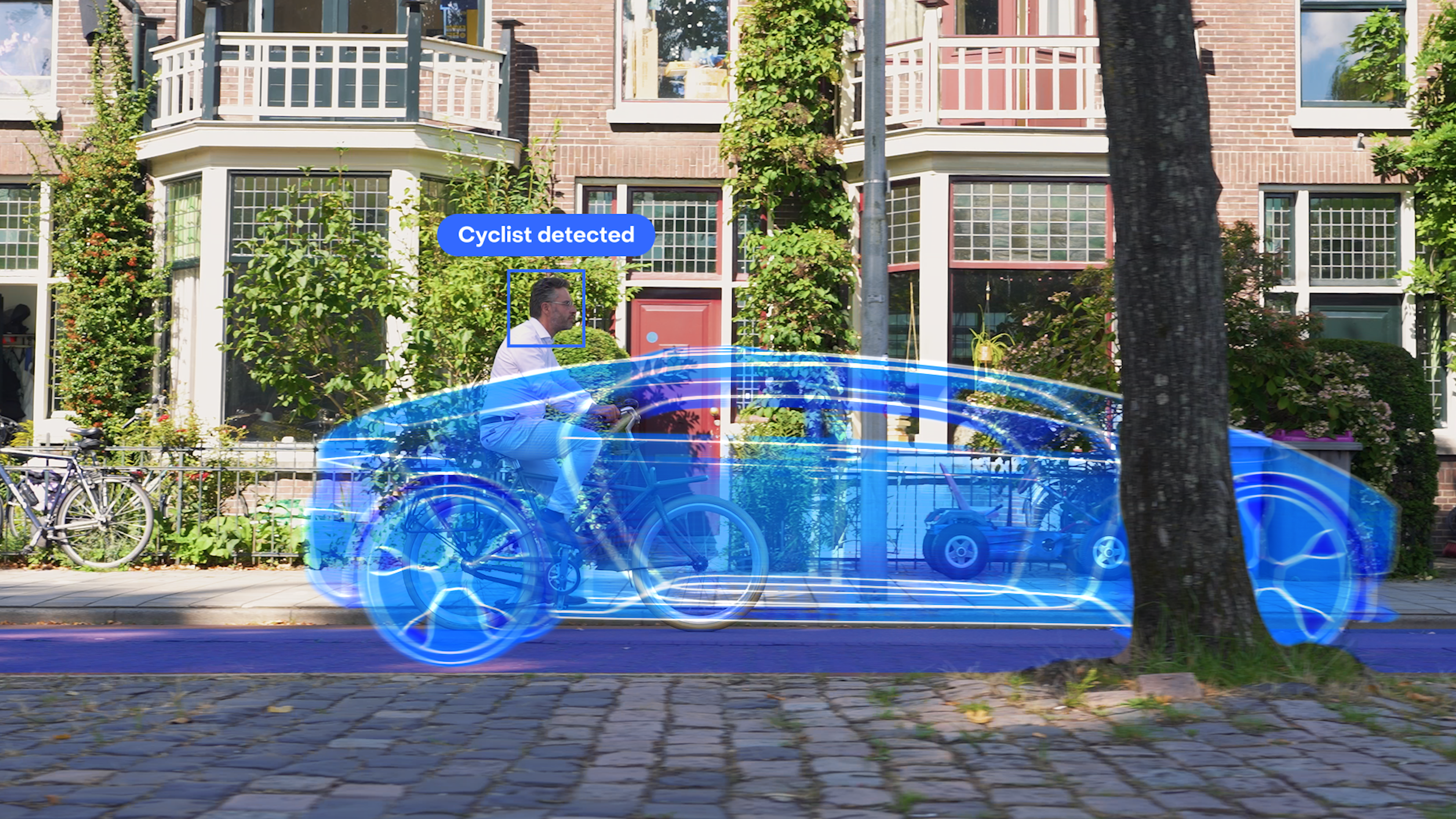
Zero Calamities
We prioritise safety and people’s well-being. In the liveable future, buildings will not only be constructed using safe, circular materials, but they will also withstand the inevitable consequences of climate change and natural disasters. We develop technology that makes vehicles (including autonomous vehicles) and logistics processes safer.
Zero Loss
We focus on preventing waste – of resources, time, money, opportunities, or people. All the materials we use to build our living environment are reusable. Efficient building concepts lead to more affordable, sustainable housing. We eliminate economic losses by optimising the use of raw materials, resources, and labour.

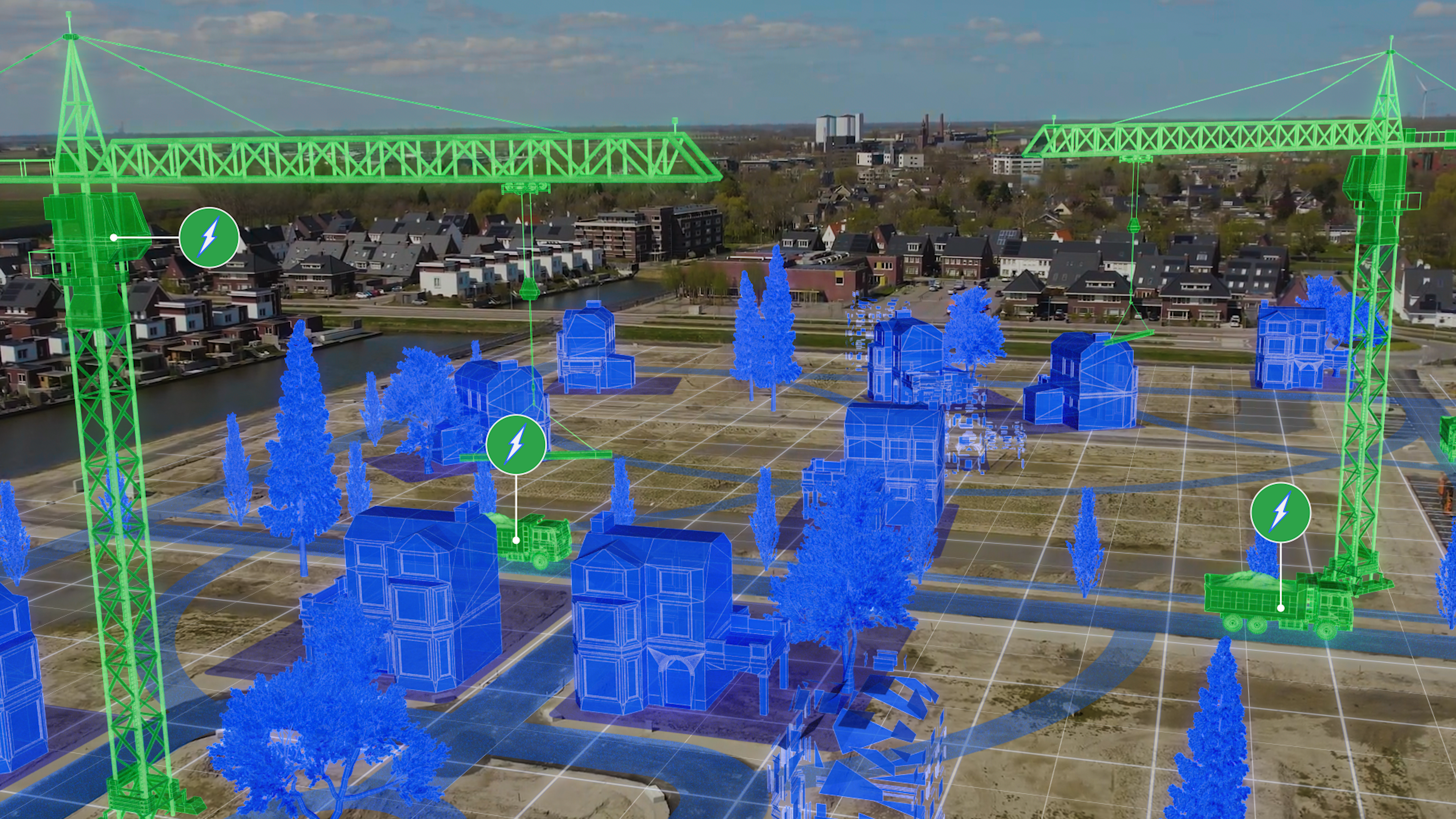
Zero Emissions
Our ambition is to drastically reduce emissions from mobility and construction, and to minimise climate change and environmental impact. That means building with bio-based materials, according to new emission-free methods. For traffic and transport, we develop electric solutions and alternative fuels, and we support environmental policies through advanced emission measurements.
9 expert groups
The Mobility & Built Environment unit’s areas of expertise have been brought together into 9 expert groups:
We innovate and make it work
MBE develops and integrates these unique areas of expertise for our partners into innovative solutions that are scalable, smart, and affordable. By converting knowledge into successful products and services, we fulfil our role as an applied innovation partner.
Get inspired
TNO boosts market opportunities for bio-based building materials made out of fibre


Old locks tell new stories
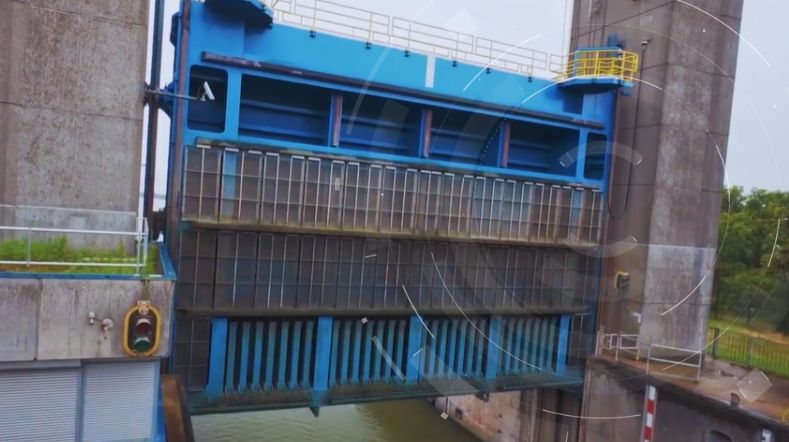

Make informed decisions on maintenance and renovation with InfraScan


How is YER award winner Chris van der Ploeg doing?
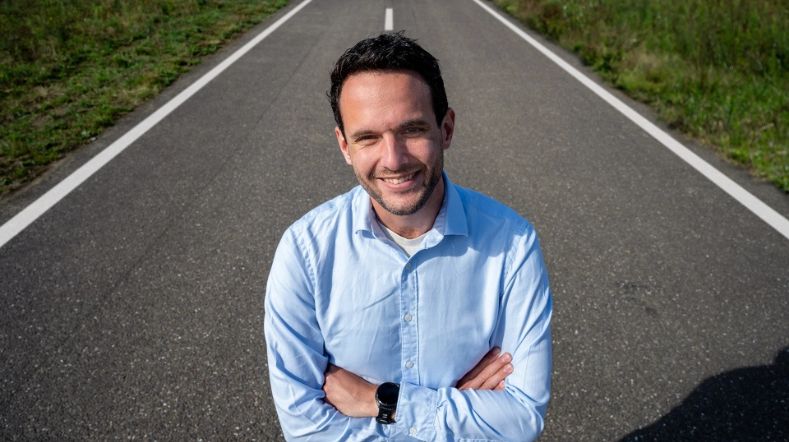

Well-prepared for the next pandemic: seven practical tips for proper ventilation
